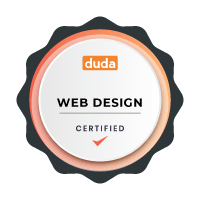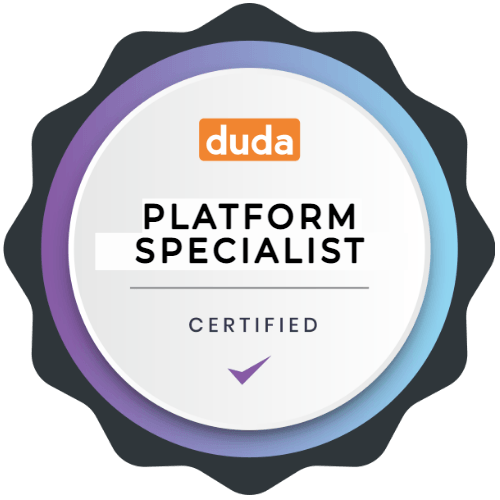Needing help with online marketing?
Surviving Gemini Overviews: Remaking SEO for Google’s Fully Generative Results Pages
Share this post
From Ten-Blue Links to Infinite Answers
Google’s shift from static snippets to Gemini-powered “AI Overviews” is the most radical redesign of results pages since universal search. Instead of a single paragraph drawn from one website, Gemini now composes a multi-sentence answer, complete with cited sources, follow-up prompts, and live data panels.
For Australian businesses that rely on organic visibility—from fintech scale-ups in Sydney to tourism operators in the Top End, the playing field has changed overnight. Ranking position still matters, but earning a place inside the Overview has become the new apex of search performance.
Understanding Gemini’s Retrieval-and-Synthesis Engine
Gemini does not simply pull text from the highest-ranking page. It parses the query, breaks it into sub-questions, and then retrieves passages from multiple URLs that best match each facet. These passages are fed through a large-language model fine-tuned on factual grounding, which assembles a coherent answer and attaches citation chips next to each factual statement.
Because the model works at entity level—recognising companies, products, locations, and even Australian regulatory acts—content optimised around clear entities is far more likely to surface. Pages that bury key terms in marketing fluff, or that lack structured data, risk being overlooked even if they previously ranked first.
The Three Pillars of Post-Overview Optimisation
1. Entity-Rich Publishing
Schema markup is no longer optional. Use WebPage, Product, and FAQPage schemas to spell out canonical names, ABNs, SKUs, and geographic coverage. Within the prose, reinforce these entities naturally: “ASIC-licensed mortgage broker in Melbourne” is clearer to Gemini than “trusted lending partner.” Internal linking should mimic a knowledge graph—home-page to service-page to case study—so the crawler can map relationships with minimal uncertainty.
2. Conversational Query Mapping
Generative results shine when the searcher asks compound or long-tail questions, like “Can a sole trader in Queensland deduct a work ute under instant asset write-off rules?” Traditional keyword lists won’t cut it. Build a question matrix by scraping your own site-search logs, examining People Also Ask boxes, and interviewing customer-service teams. Create or expand content that answers those questions in the exact conversational style users employ. Midway through your content planning, sanity-check revenue projections with an SEO ROI calculator to ensure the long-tail lift justifies production cost.
3. Real-Time Citation Readiness
Gemini rewards freshness. If your sector moves quickly—think crypto regulation updates or AFL fixture changes, embed up-to-date facts near the top of the page and timestamp them visibly. Use HTML time tags so Google can parse recency. When major announcements break, update existing URLs rather than spinning up new ones; persistent addresses accumulate authority, and Gemini prefers stable sources it can revisit for real-time pulls.
Technical Tweaks that Move the Needle
Server latency is often ignored in SEO discussions, yet it now influences how fast Gemini can fetch passages for large-batch synthesis. Switching to an Australian edge location on your CDN trims round-trip time and may help time-sensitive pages edge into the Overview. Likewise, enable HTTP/2 push for critical CSS so render time does not hinder passage evaluation.
On the content side, craft succinct, evidence-backed statements. Gemini lifts sentences wholesale, and a 25-word claim is more likely to appear—complete with your citation—than a 200-word anecdote. For data points unique to your organisation, host the source table or white paper on the same domain; off-loading to a PDF hidden behind a form leaves Gemini blind.
Measurement: Beyond Vanity Visibility
Impressions alone underreport success because Gemini often satisfies the query before users scroll. Track clicks on citation chips via utm_source=google&utm_medium=overview parameters, then reconcile those visits with post-click behaviour. In early pilots, Australian ecommerce brands have seen Overview traffic convert 18 percent higher than classic organic sessions, likely because Gemini pre-qualifies intent. Meanwhile, pages relegated to “web results” below the Overview witness cannibalisation rates of up to 30 percent.

What This Means for Australian Marketers
The ramifications extend beyond Google. Bing, DuckDuckGo, and privacy-focused Aussie startup You.com.au are racing to ship similar generative layers. Skills learned now—structured data mastery, conversational content design, real-time updates—will future-proof teams across platforms. Moreover, Gemini’s entity bias favours local expertise: an article citing the Corporations Act or the ACCC’s latest tech-platform inquiry sends a stronger relevance signal than a generic global post. Lean into uniquely Australian regulations, climate data, or consumer habits to own niches international competitors overlook.
The Road Ahead
No algorithm era lasts forever, but generative answers are more than a fleeting feature. They represent Google’s bet that utility lies in synthesis, not merely discovery. For SEO professionals, the job description evolves from ranking engineer to knowledge-graph curator. That calls for cross-disciplinary teams—content strategists who think like taxonomists, and developers who understand language models. Budgets will shift toward structured data audits, conversational UX testing, and fast-turn content refreshes tied to live events.
Yet the fundamentals endure. Authority, clarity, and user value still underpin visibility; Gemini simply raises the bar on each.
Brands that adapt early, embedding entities, answering questions the way Australians actually ask them, and staying citation-ready, will not just survive AI Overviews. They will capture trust at the exact moment Google’s synthetic voice speaks on their behalf.
About Social Space
Hey there, I'm Robert Tickner!
I’m an online visibility consultant who helps local small businesses get noticed on Google search, guiding them on their digital journey for growth. I build websites with structured web design practices through SEO services that get noticed on Google's search algorithms, write the occasional blog, and boost Google Business Profile listings to improve overall traffic that helps convert more potential clients to your website.
I'm determined to grow my business.
My only question, is it time to boost yours?




